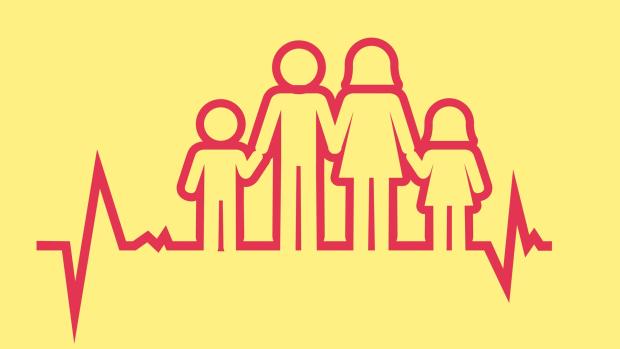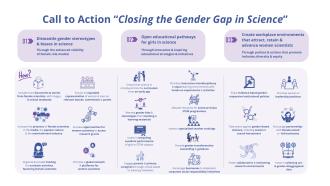
Illustration : Purabi Deshpande
In 2016, three year old Tulsi Pradhan died due to malnutrition. She was from Nagada, a remote tribal hamlet in the forests of Odisha, India. The closest Primary Health Centre is 40 km away and hence, almost always inaccessible.
Then there is India’s “cancer train” that ferries people a distance of 325 km every day from Bathinda in Punjab to Bikaner in Rajasthan. A whopping 60% of its daily passengers are cancer patients. They travel this great distance to Bikaner because the cancer treatment and logistics of stay and food are affordable for ailing patients.
Now consider the 298.5 metric tonnes of painkillers distributed worldwide on average from 2010-13. While 287.7 metric tonnes reaches high-income countries, only 0.1 metric tonnes reaches low-income countries. While a rich patient has an oversupply of painkillers, poor patients, including the poor in high-income countries, are denied this inexpensive medicine.
These examples point out the glaring trifecta of problems ailing healthcare today – accessibility, affordability and availability. In an effort to amend this, the United Nations declared ensuring “healthy lives and promote well-being for all at all ages” as part of its Sustainable Development Goals in 2015. This target of Universal Health Coverage (UHC) aims to ensure accessibility to quality health care services, financial risk protection and equity among others by the year 2030. With 13 years to go, how far or close are we to achieving this goal?
In a recent study, investigators from the University of Tokyo in Japan, University of Rajshahi in Bangladesh, Public Health Foundation of India in India, Imperial College in England and Pakistan Bureau of Statistics in Pakistan, assessed the progress of UHC in the five South Asian countries of Afghanistan, Bangladesh, India, Nepal and Pakistan. These countries represent close to 23% of the world’s population and play a significant role towards UHC becoming a reality by 2030.
The study found that the coverage of healthcare services in all the five countries was inadequate. Even when coverage for preventive services like immunization was similar and high (around 80%), there were huge differences in the treatment coverage.
Financial risk protection was also low with people incurring huge out-of-pocket expenses, according to the study. Due to their inability to pay huge healthcare costs, the poor often had to forego healthcare and some of the non-poor became poor. More than 1 in 10 households incurred financial hardship and 3% of non-poor households slipped into poverty due to mounting healthcare costs. Other studies have shown that out-of-pocket spending is higher in South Asia as compared to the rest of the world.
The investigators also found that equitable access, the process that ensures the poor and the rich both get access to quality healthcare systems, also leaves a lot to be desired. Sanitation, institutional delivery and presence of skilled birth attendants were found to be the least equitable. The wealthy populace had three times higher access to pre-natal care visits, institutional delivery and presence of skilled birth attendants than the poor ones.
With so much ground to cover, do any of the five countries have a fair shot at achieving UHC? Dr Anup Karan, a health economist associated with the study, says that India and Bangladesh have a greater chance in meeting the target. With many reforms and improvement in maternal and child health indicators, these countries are pushing the envelope. But there are also challenges.
The problem is not just with creating more accessible, affordable and available healthcare systems. This would only take care of the supply side of the issue. There is also a need to increase the demand side by revving up health seeking behaviour among the masses. The poor and the less educated are at a risk of losing workdays and daily wages. “Nevertheless, they need to be made aware that not seeking healthcare in case of ailing has long term implications for health, work, wages, earnings and overall level of living”, says Dr Karan.
Modern technological interventions like tele-medicine, tablet or mobile based recordings and service delivery for minor ailments, computerised surveillance for infectious disease epidemics can aid in our ambitions of achieving UHC. But there is only so much that technology can do for a large and a diverse population. “Community and facility based healthcare services are our best bet”, says Dr Karan.
UHC is important for a better and a healthier world. Commitment to ensuring UHC, improved spending, reforms at the grassroots level, monitoring of programs, better data collection, all go a long way in accomplishing UHC. Saving many Tulsi Pradhans, negating the need for ‘cancer trains’ and ensuring that money does not come in the way of a patient living or dying without pain, are moral imperatives that a public health initiative like UHC would help turn into reality.

























